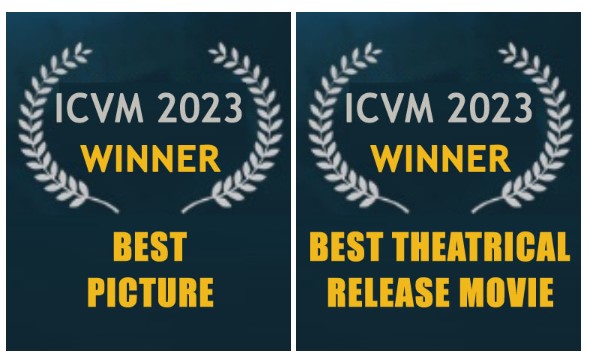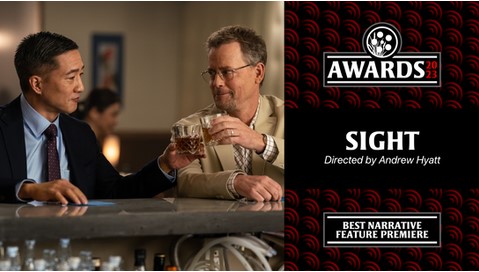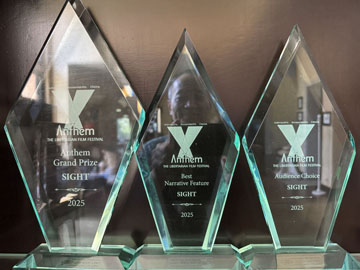By
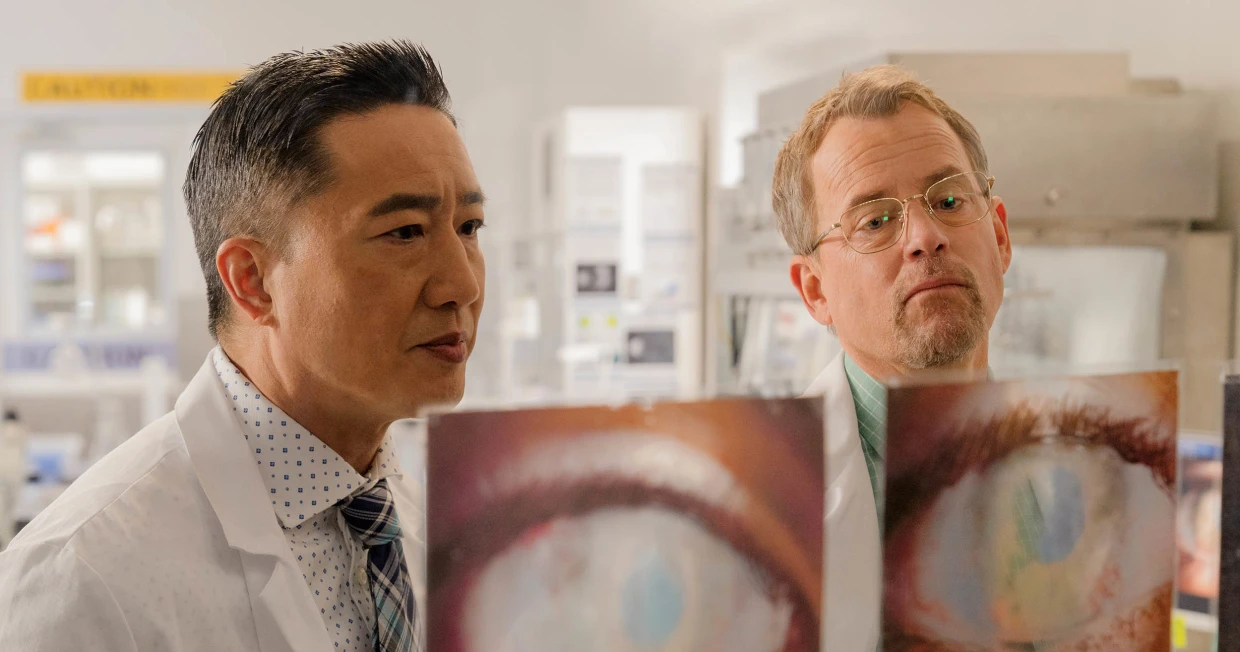
Dr. Ming Wang grew up wanting to be a doctor — and that’s because he comes from a long line of medical professionals.
“Five generations (of doctors) since the Qing Dynasty,” Wang tells TODAY.com. “They’ve been practicing medicine from traditional Chinese medicine to my father, who practiced Western medicine. I always wanted to be a doctor.”

Dr. Ming Wang and Terry Chen at the premiere of "Sight" on May 8, 2024 in Richmond Hill, Ontario. Harold Feng / Getty Images for Angel Studios
Along the way, Wang was bullied by soldiers, made to stop studying medicine and lost a dear friend. However, his resilience, determination and supportive parents got him to Harvard University and Massachusetts Institute of Technology, and helped him develop innovative treatments to restore vision to millions.
“Sight,” directed by Andrew Hyatt, also highlights Wang's mission to help blind orphan Kajal, a young girl from Calcutta, India, who was intentionally blinded by her stepmother, who poured sulfuric acid into her eyes and abandoned her at a train station.
“Not only is it a story about a Chinese immigrant, but an inspiring one that has affected thousands of people around the world,” actor Terry Chen, who portrays Wang in the film, tells TODAY.com.
“I’m the beneficiary of immigrant parents myself to North America, so it resonated with me immediately. To have an opportunity to play such an iconic figure in the medical world is an absolute honor and privilege.”
Wang himself calls the film “a humbling experience” and a “surreal” opportunity to relive his past through its set and actors Jayden Zhang, Ben Wang and Terry Chen, who all portray him at various stages in his life.
Read on to learn more about the true story that inspired “Sight.”
Is ‘Sight’ based on a true story?
Yes, “Sight” is told over the course of five decades, from a 6-year-old Wang (Zhang) seeing his doctor father, Dr. Zhensheng Wang, help a family friend who was badly hurt and blinded in the late 1960s.
As a young adult, Wang (Ben Wang) is forced to leave school during the Chinese Cultural Revolution, the sociopolitical movement from 1966 to 1976. At this time, Chinese politician and chairman of the Chinese Communist party Mao Zedong shut down schools and called for young people to form military groups. According to History, at the time people were told to rid themselves of the “Four Olds”: old customs, old culture, old habits and old ideas.
As shown in the film, Wang learned how to play the Chinese violin, erhu, and to dance to escape the labor camps.
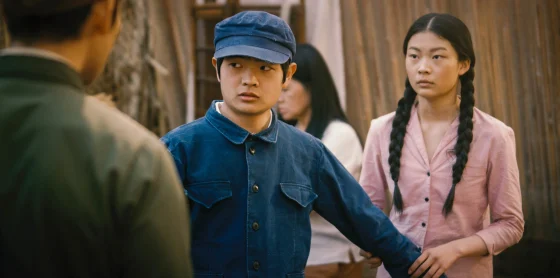
“During the cultural revolution in China, as depicted in the film, I wasn’t even allowed to go to high school because the government shut down all universities and colleges,” Wang says, adding how they sent high school graduate to “some of the poorest part of the country.”
After the Cultural Revolution was over, Wang studied to take a college entrance exam, which he passed with flying colors, despite not attending high school. He was accepted into the University of Science and Technology of China.
At the age 21, in 1982, he arrived in the U.S. with $50 and a three-piece suit his mother bought him with her savings.
“After I came to America, I thought, ‘Well, I always wanted to be a doctor. Maybe this is my chance to realize my dream,” Wang recalls. “In the process, I had to go through some challenges, one of which was to overcome the racial bias and discrimination as Asian American.”
Despite facing discrimination and racism, Wang graduated magna cume laude from Harvard Medical School and MIT and earned his a Ph.D. in laser physics from the University of Maryland.
Wang's family and the support they show him throughout his life are also central in the film. His mother, Dr. Alian Xu, came to the U.S. in 1986 and his late father, Dr. Zhensheng Wang, arrived in 1988. They became research scholars at universities, he says, while his younger brother, Yu Wang, came to the U.S. in 1992 and is currently a researcher at Northwestern University.
Actor Greg Kinnear portrays Dr. Misha Bartnovsky in the film, Wang’s colleague and someone he calls a “mentor.”
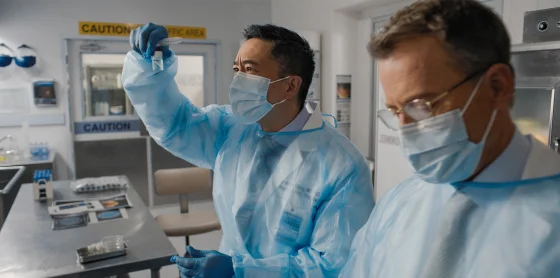
Terry Chen as Dr. Wang and Greg Kinnear as Dr. Misha Bartnovsky.Angel Studios
“He was a mentor to me in helping me, not just the scientific research aspect, but really (giving me) confidence as an immigrant in a new country.”
Bartnovsky worked alongside Wang, helping him create the amniotic membrane contact lens. Bartnovsky was also with him, as depicted in the film, when he took on Kajal’s case.
Chen notes that while the film is based on Wang’s life, it doesn’t try to “make a political statement” or attempt to be “historically accurate.”
“What we’re trying to be accurate with is his experiences through immigrating from one country to another and the obstacles that presented themselves,” Chen says. “And Dr. Wang is truly ... much too humble in telling his experience coming to America.”
Wang also created nonprofit organizations Wang Foundation for Christian Outreach to China and Wang Foundation for Sight Restoration, which have helped patients in over 40 states and 55 countries with free procedures. He's also the founding director of Wang Vision Institute in Nashville, Tennessee.
Wang continues to practice medicine but has shifted from performing the surgeries himself to teaching the next generation of doctors.
He is married to wife Anle, and they reside in Nashville.
What happened to Kajal?
Kajal’s story is real. The young girl's stepmother poured acid into her eyes, and she was left at a train station. A Christian social work group called Society of Underprivileged People found her and looked for ways to restore her sight.
When Kajal, portrayed by Mia SwamiNathan, gets examined by Wang, both her eyes are damaged, with only the right eye having a chance of restored vision.
At the time, her story was documented by
.
Mia SwamiNathan as Kajal in "Sight."Angel Studios
Wang's efforts to treat Kajal led him to invent the amniotic membrane contact lens with the help of Bartnovsky.
Kajal was the first person to use the amniotic membrane contact lens, though her sight was never restored.
“I thought at the time, we prayed that we would get everything right, the technology, but her surgery failed because her injury was too severe,” Wang says. “Medically, I was very devastated.”
Wang almost gave up surgery altogether after working with Kajal. But dancing with her at the Wang Foundation’s annual benefit, the EyeBall gala, in 2007 changed his perspective. “She had nothing but made the best (of her situation), she was happy,” he says.
Kajal eventually returned to India and went to college and earned her master's degree.
What is an amniotic membrane contact lens?
An amniotic membrane contact lens is made from the innermost layer of the placenta. It has regenerative and healing properties that help dry eye syndrome and corneal scarring, according to the Wang Vision Institute. The lens is for patients who have “suffered injury, trauma, infection and malnutrition," Wang explains.

Terry Chen as Dr. Ming Wang and Greg Kinnear as Dr. Misha Bartnovsky.Angel Studios
“The idea of using the amniotic membrane, really offered the best solution that you can use fetal tissue to help healing, restore eyesight to patients, but at the same time, you can also preserve life,” he says.
According to the American Academy of Ophthalmology, human amniotic membrane “has been shown to provide a substantial benefit in treating certain types of conjunctival and corneal disease.”
Wang Vision Institute has obtained two U.S. patents for the amniotic membrane contact lens.
Chen notes that the relationship between Wang and Bartnovsky “was so pivotal and paramount in the development of the technology because ... there were moments of failure ... obstacles and pitfalls, where Dr. Wang really leaned on Misha Bartnovsky for his support, not only as a medical colleague, but as a true friend.”
Why was Maria’s surgery a success?
“Sight” also depicts the success story of Maria Morari, a 15-year-old blind orphan from Moldova brought to the U.S. with hopes that Wang could help restore her vision.

NATD President Stephen Tolman, Lynn Hendrich, Maria Morari and Steve Hendrich. Maria Morari, a blind orphan from Moldova, who was brought to the United States by Steve and Lynn Hendrich for a life-changing procedure by Dr. Ming Wang. Rick Diamond / Getty Images
Maria underwent the restoration surgery with the amniotic membrane contact lens, which proved to be successful.
The end of the film shows real footage of when Maria saw herself for the first time after the surgery.
“The amniotic membrane contact lens story also shows that our technology can (transform) the world,” Wang says, adding how after getting the patent, he shared the technology so “adopters can develop it quickly.” From there, he says, he went around the world teaching doctors how to use the technology.
How to watch ‘Sight’
“Sight” is now in theaters. No streaming date has been set at this time.

